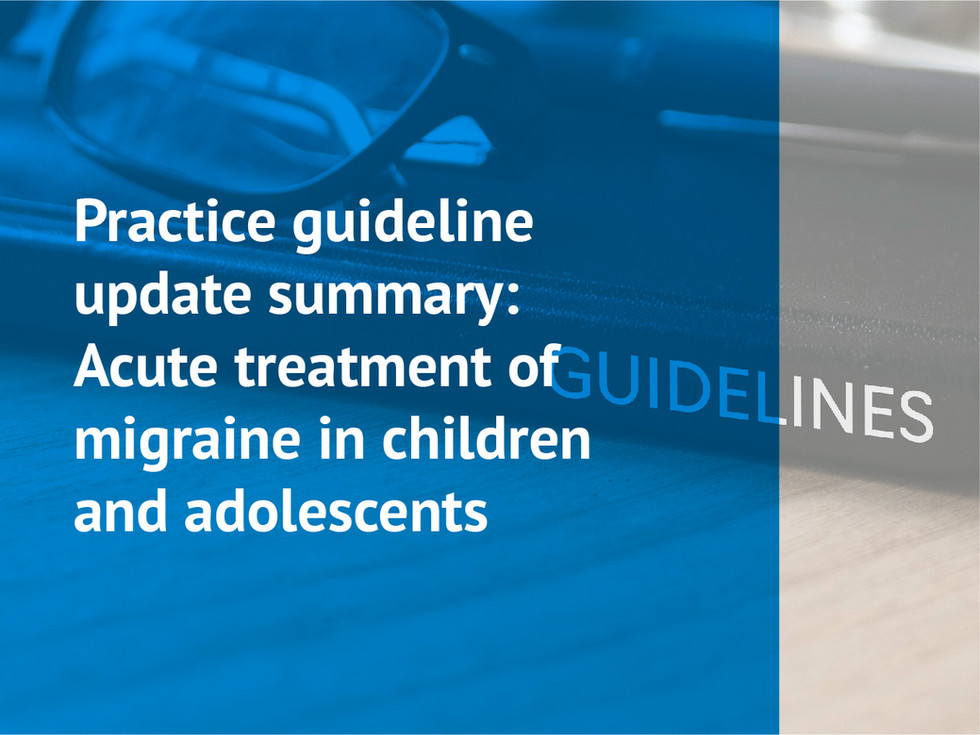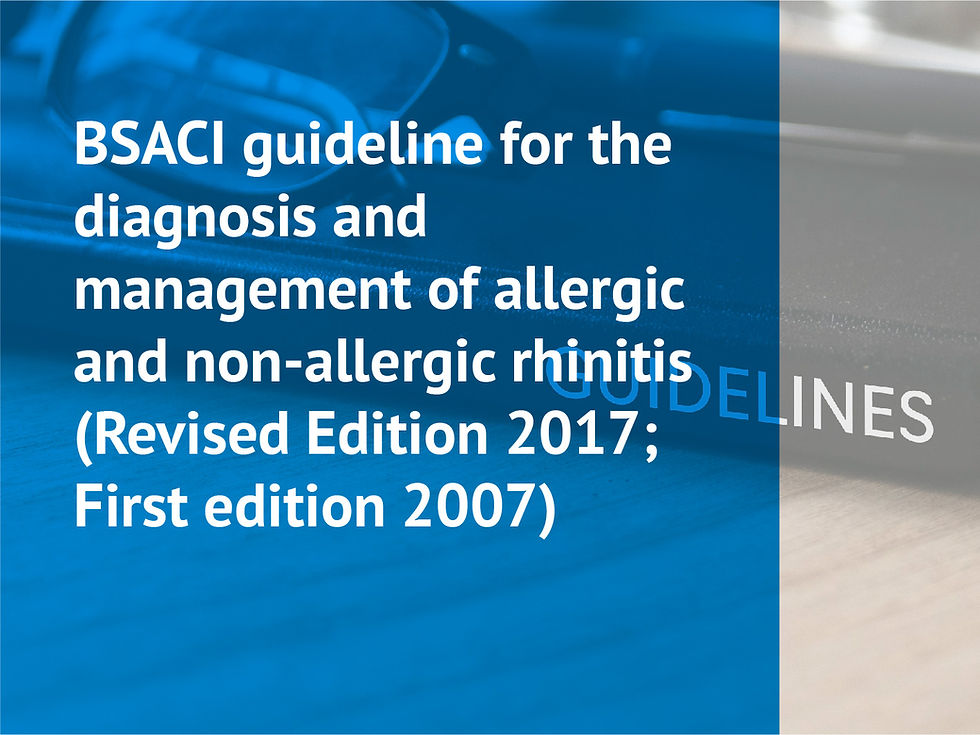Practice guideline update summary: Acute treatment of migraine in children and adolescents
- yatidxm
- 27 Jun 2021
- 1 menit membaca
Diperbarui: 4 Jul 2021
This article summarizes the findings of a systematic review and practice recommendations for the acute treatment of migraine in children and adolescents. The complete practice guideline, including the risk of bias assessment for each study, metaanalysis, methods for analysis of the evidence, and confidence in evidence determinations, is available at https://www.aan. com/Guidelines/home/GetGuidelineContent/977.
Diagnosis of primary headache disorders is based on clinical criteria specified in the International Classification of Headache Disorders.1 Management of migraine includes acute and preventive therapies as well as behavioral and lifestyle changes. Acute treatments must be carefully selected and individually tailored to a patient’s headache pattern, severity, and disability as well as their expectations, needs, and goals of treatment.
The purpose of this guideline is to systematically assess all randomized controlled trials (RCTs) that evaluated acute migraine treatments in children and adolescents. The guideline seeks to answer the following clinical question:
In children and adolescents with migraine, do acute selfadministered treatments, compared with placebo, reduce headache pain and associated symptoms (nausea, vomiting, photophobia, and phonophobia) and maintain headache freedom?





